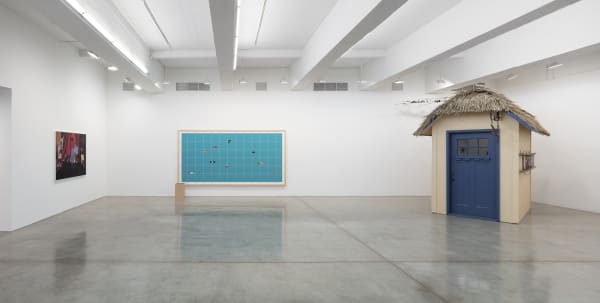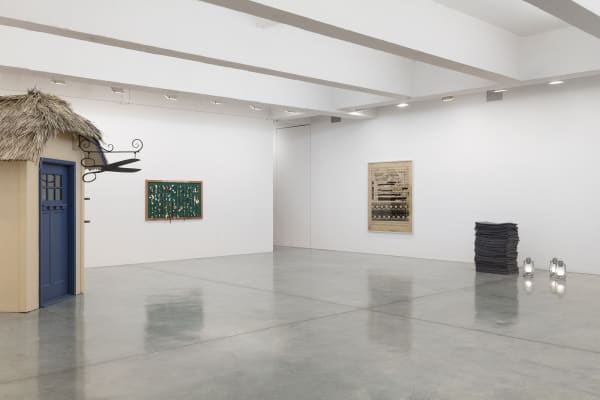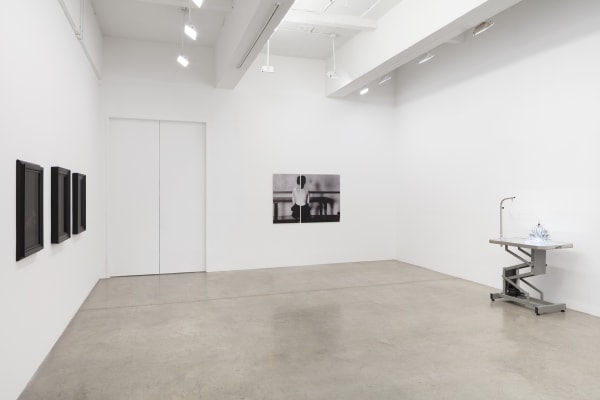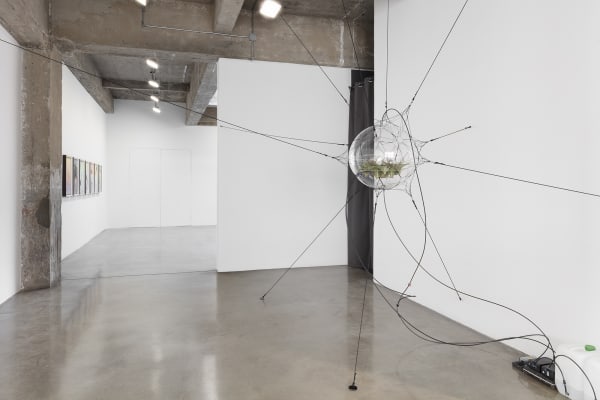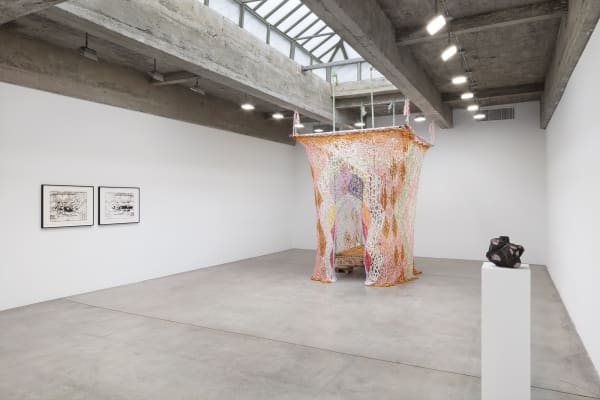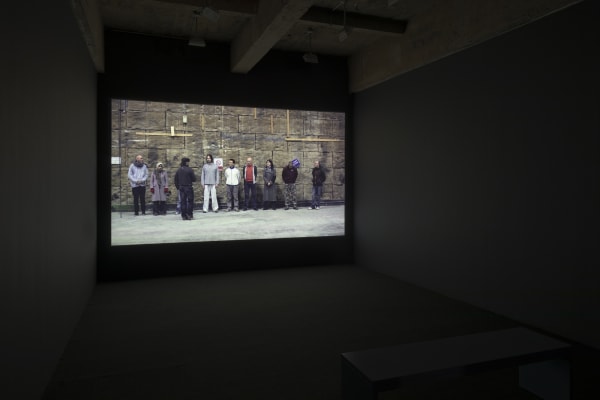Songs in the Dark: Tanya Bonakdar Gallery, New York
In the dark times, will there also be singing?
Yes, there will be singing.
About the dark times.
—Bertolt Brecht
This quote from Bertolt Brecht served as the theme for poet Carolyn Forché's seminal 1993 anthology Against Forgetting: The Poetry of Witness, which suggested that it is impossible for artists to make work that ignores, or is not read, and seen, within the context of current political events and social issues.
2020 marks a crucial moment for society as we face crises on multiple fronts—an environmental state of emergency, political turmoil, moral decay in leadership, and a rise in migration, displacement and the number of refugees across the globe. At a time of tension in so many communities around the world, this exhibition is to illustrate how artists deal with the world at its tipping point; how artists find beauty in the darkness of their own times, how they straddle the personal and political in their work, and how they make art as activism.
At the beginning of an election year in America, amongst numerous international upheavals, and an impending Brexit, we sit at a critical point in time. Songs in the Dark explores the myriad and complex ways in which gallery artists react and respond to the issues and anxieties of today’s reality. Bringing forth dialogue and a heightened perspective on contemporaneity, artists in the exhibition make work that advocates for social justice, community engagement and environmental activism, as a reflection of their own ideas and beliefs.
As a woman and mother, Hannah Starkey was inspired by the recent social climate catalyzed by the #MeToo movement, paired with her personal responsibility of raising two teenage daughters, the artist chose to document the 2017 Women’s March in London. The crisp and colorful photographs are filled with protest posters and determined faces, suggesting a dark undertone to the challenges we face.
For over a decade, Olafur Eliasson has embodied issues of climate change in his practice and in his life, on both a micro and macro scale. Eliasson believes art has the ability to change our perceptions and perspective on the world and inspire a shared commitment to our planet.
As devastating fires in the Amazon pose the threat of deforestation, Ernesto Neto’s work resonates the foreboding effect climate change might have on the individual. With influences from his ongoing collaboration with the Amazonian tribe of the Huni Kuin, Neto creates sensorial environments in which the visitors are encouraged to connect with each other and with the planet at a time when connectivity is most needed. For Neto, sculpture is an extension of the body, and the body is ultimately an extension of earth. His 2019 work Delight Us is designed as a healing bed, where people can connect to themselves, to nature and to one another.
Meschac Gaba’s Memoriale aux Refugies Noyees - Memorial for Drowned Refugees, is a solemn monument to profound loss. Based on an old Beninese ritual performed when someone drowns at sea, this work speaks to the global refugee crisis and the thousands of people who have perished during dangerous sea crossings. Highlighting the vulnerable status of migrants and refugees, who are often decried as economic burdens rather than viewed as victims of unspeakable circumstance, Gaba’s work uses very few formal means to produce the mute melancholy of memory and to invite compassion.
Entitled Last Meals on Death Row, Mat Collishaw’s still life series depicts the last meals requested by Texas inmates on death row. Using dramatic baroque lighting, these works are based on 17th century Dutch still life paintings or "nature morte”. These sad vignettes present a cruel irony - meals offered as sustenance at the moment of extinction. Each of these memorials for the incarcerated elicit a human connection as we are faced with the morality of capital punishment.
Using a wide variety of strategies Mark Dion’s work explores how dominant ideologies shape our perception of knowledge. The historically significant Bureau of Censorship, presents an office for an imagined small town censor. The interior is furnished with a variety of accouterments, including an expansive library of forbidden titles that were censored and outlawed in America throughout the 20th century. Within our current political climate, where free speech and personal choice are under siege, this work is rendered more relevant than ever.
Rivane Neuenschwander’s Watchword is a large-scale interactive work that contemplates personal proclamation. Here viewers are invited to engage with an abstracted version of the world map using words and phrases provided by the artist. The texts are embroidered on swatches of fabric that can be pinned to the map or to the viewer’s own clothes. These individual texts are strung together to create slogans of protest, phrases that can be personal or public, general or specific.
On a personal level, Gillian Wearing’s film Bully is presented in the upstairs gallery space. Confronting the viewer with an individual's catharsis of sorts, this powerful video traces the experience of being a victim, bystander or bully. We follow the construction of fiction as it transcends one character's personal story to become a reality for all participants. In a revelatory moment, the victim is able to confront his bully and begin to heal the emotional damage he has endured.
Imagining a future of hope, Tomás Saraceno models and proposes new sustainable ways of how we might live in the clouds. Resounding in gentle orbit, Saraceno’s sculptures question our role in the ecological crisis and how we might envision our future on this planet.
Songs in the Dark offers a wide variety of perspectives, through which the artists in the exhibition reflect on the concerns and commonalities that inform our time. For now, more than ever, there is an urgency to build on these ideas and encourage thoughts as a vehicle for action.
Artists in the exhibition: Phil Collins, Mat Collishaw, Mark Dion, Olafur Eliasson, Meschac Gaba, Jónsi, Agnieszka Kurant, Charles Long, Ernesto Neto, Rivane Neuenschwander, Lisa Oppenheim, Susan Philipsz, Analia Saban, Tomás Saraceno, Slavs and Tatars, Hannah Starkey, Jeffrey Vallance and Gillian Wearing.
All installation images above: Photo by Pierre Le Hors


